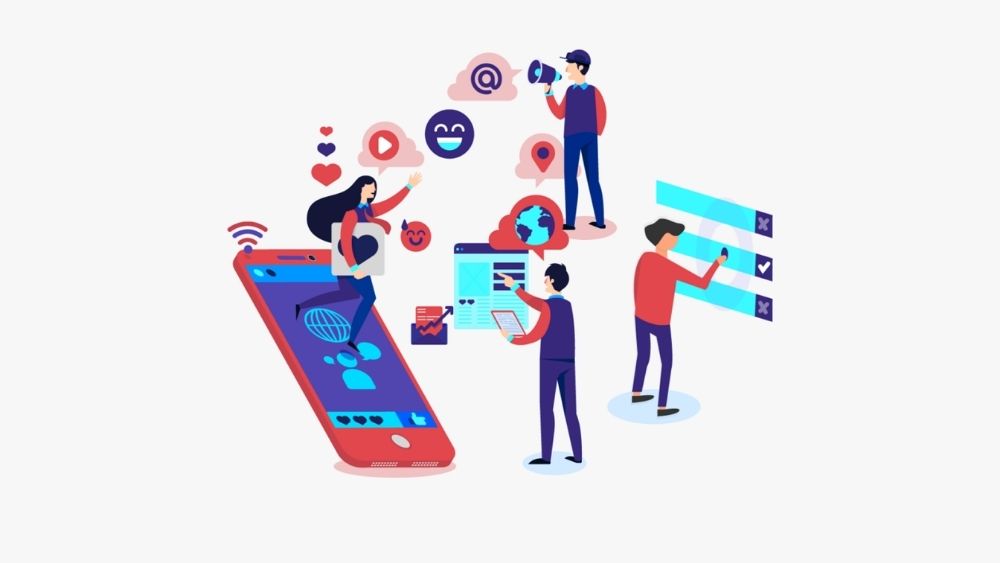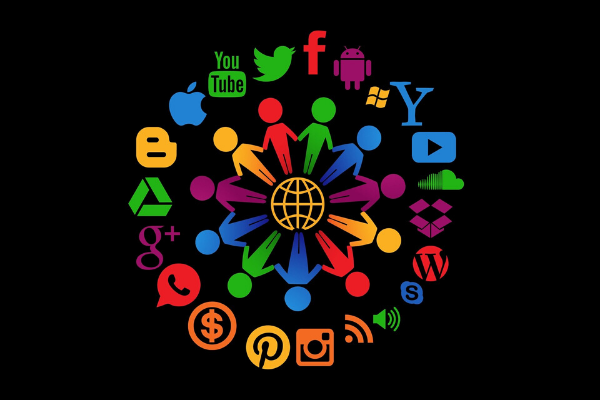Insights
INSIGHTS
All Topics
What the next generation of personalisation means for charity marketing
19 Aug 2020by Chloe Green
We explore what the next generation of personalisation will look like - and how charities can benefit from closer engagement with their supporters
We’ve come to expect our digital experiences to be personalised. When we browse the internet we expect the ads we see to be relevant and timely to us. When we scroll through a media platform like Netflix or Spotify, or our Google newsfeed, we expect recommendations that are tailored to us based on what we like.
Algorithms gradually become more sophisticated over time, and when our digital experiences don’t match up to our steadily increasing expectations, it can even be off-putting or frustrating.
Marketers and online content creators of all kinds are aware of this, and the non-profit sector is no exception. For many charities, personalisation has become the holy grail of nurturing emotionally engaged donors.
Charities like The British Heart Foundation have overhauled their website to gather more insights about their visitors and the way they interact with them, so they can promote different content and display a personalised page based on their behaviour.
Charities are learning that individually tailoring their ask to each person can really help break through ’compassion fatigue’. As a public, we are burnt out from the overwhelming amount of causes asking for their help, even more so as we continue to weather a global health and economic crisis.
"We’ve all been on the receiving end of the ’chuggers’ and over-asks from charities, but the key is in the word ’individuality’."
- Jo Cox-Brown, Fundraising Expert
The next generation of personalised experience
Personalisation can be a tricky thing to pull off effectively and requires an investment of time and resources. However, many leading marketers with their finger on the pulse of the ’next big thing’ are now warning that personalisation doesn’t go far enough and that it’s time for the next phase - ’Personalisation 2.0’.
This might not seem great news for charities who are already struggling to grapple with personalising their donor experiences, so what are the lessons they need to take on board?
A recent study from business analyst McKinsey found that "two in five users overall said most personalised messages they received still felt like mass marketing that wasn’t created with them in mind." So what are we doing wrong?
How charities can offer greater personalisation
Segmenting your audience into personas based on their demographics is a great starting point for any personalisation strategy, but marketers warn that, if over-done, it can make people feel less like a person and more like a number or part of a generic group. And no good relationship is built on making broad-brush assumptions about someone.
Individual-level personalisation is the logical next step that is now becoming the best way to ’wow’ people and stand out on the crowd online, as organisations seek to provide audiences with authentic experiences that connect with them on an individual level. Receiving a promotional email with your auto-generated name in it is becoming old hat. But receiving an email from the holiday company you just booked with, including a suggested itinerary of things to do on the dates you’ve booked? That’s closer to individualisation.
Many organisations are now moving beyond demographic data to embrace data that puts the user in the context of their location, the behaviours they’ve carried out, and even their attitudes and emotions using sentiment analysis.
Contextual video is becoming a highly engaging way of creating content that can drive donations and increase shares. Fundraising platforms like JustGiving are working hard to incorporate personalisation. The British Heart Foundation have again embraced this by dynamically embedding information such as photos and target donations into videos aimed at specific fundraisers. The NCVO explains more about how charities can engage potential donors through personalising their video pitches.
And just like the advent of the ’Web 2.0’ refers to websites that emphasise user-generated content and participation, ’Personalisation 2.0’ requires marketers and fundraisers to put more thought into how they can create participatory experiences online.
This can be achieved through encouraging and celebrating authentic user-generated content, by using sentiment analysis software to scan social media, charities can pick up on where they are being mentioned and jump in to start the conversation. But it can also mean the little things like making sure you respond to every post and Tweet, as well as taking the time to recognise those who like, share and comment on your charity’s content.
Chloe Green
More on this topic
Recommended Products
20 Dec 2024by Laura Stanley
Webinar: Getting your board on board – how to communicate about AI
20 Dec 2024by Ioan Marc Jones
A-Z of the best fundraising ideas for charity
19 Dec 2024by Christine Chiu
How to recruit digital volunteers
Our Events
Charity Digital Academy
Our courses aim, in just three hours, to enhance soft skills and hard skills, boost your knowledge of finance and artificial intelligence, and supercharge your digital capabilities. Check out some of the incredible options by clicking here.


















